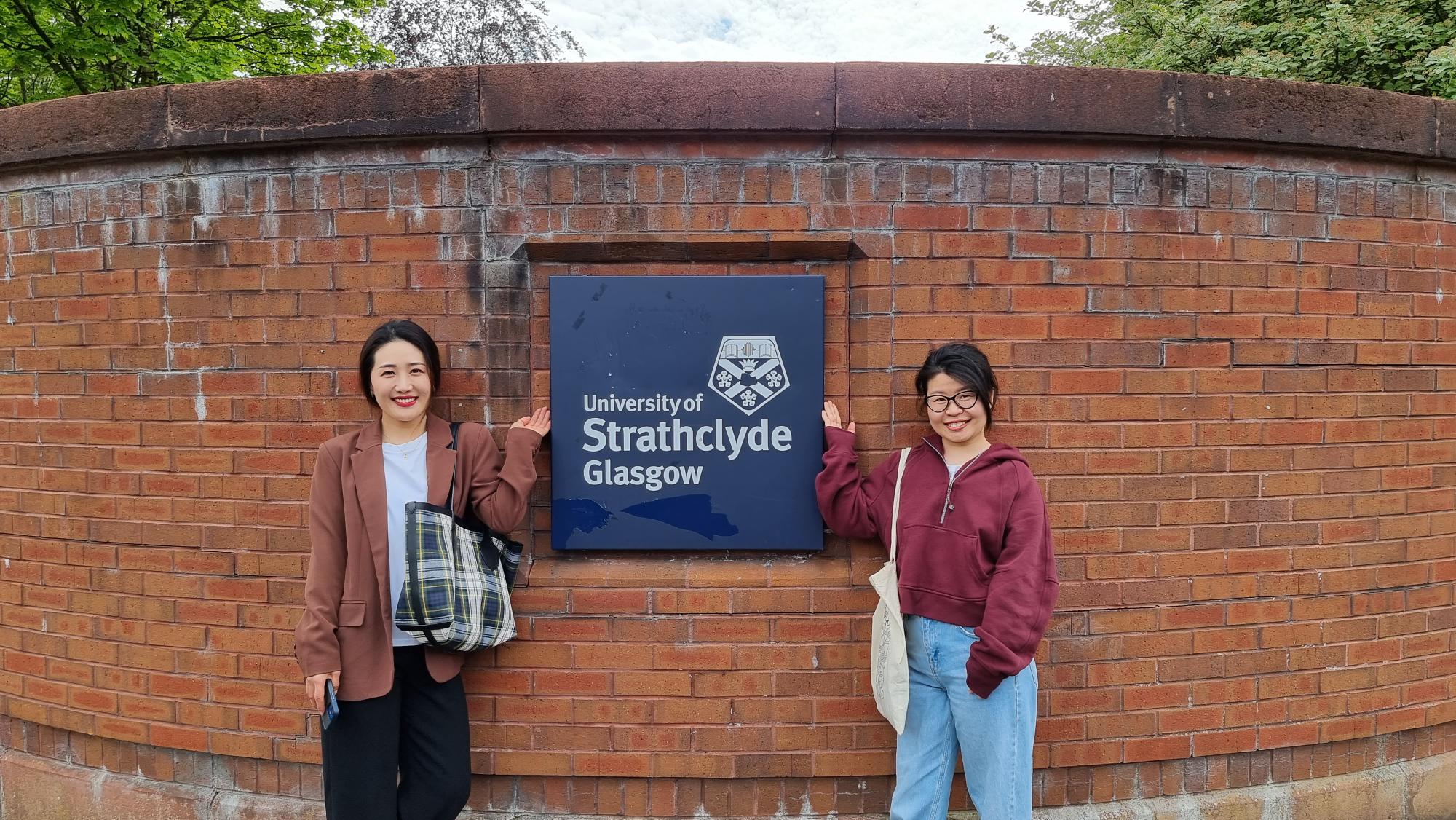Sponsored by University of Lima
The rapid development in technology over the last few decades has been nothing other than revolutionary. From smart devices to self-driving cars, virtual reality headsets to 3D printing, modern technology is becoming increasingly accessible and provides exciting opportunities for everyone, especially for those with disabilities.
In the Fab Lab at the University of Lima in Peru, researchers have come up with innovative solutions to the problems faced by children with disabilities by designing and developing several custom-made products using modern technologies. We spoke with them to find out more.
3D-printed archeological artifacts to help children learn about history
In the summer of 2019, the Tacto Museo Project delivered various 3D replicas of archeological artifacts to the Gold Museum of Perú, which included a Tumi, gold mask, mummy as well as other valuable objects.
The initiative was developed by the Center for Technological Innovation (CIT) at the University of Lima and the Gold Museum of Perú.
“We wanted to solve a problem that arose when visually impaired children visited a museum and couldn’t touch the artwork,” said Fabricio Paredes, Director of the CIT Fab Lab at the University of Lima.
Thanks to modern technology, such as lasers, scanners and 3D printers, the research team at the University of Lima were able to create 3D prints of archaeological artifacts for those with visual disabilities who would be able to appreciate the artwork through touch.
This type of project is essentially a tool to help those with visual impairments and blindness to enjoy and appreciate the environment they’re in.
“These new works of art help us as a museum to modernize. Now we have a project for remodeling the entire Gold Museum and we want to include those new works of art with a view to becoming a more inclusive museum,” said Lara Mujica, Director of the Gold Museum of Perú.
Braille slates to help children read and write
Image credit: University of Lima
Sensory disabilities such as visual impairment or blindness can prevent children from utilizing ‘traditional’ classroom materials and tools. It also means they face numerous challenges in the classroom on a daily basis.
With access to technical tools for human touch and recognition, there’s no longer any need for children with visual impairments or blindness to do ‘traditional’ reading and writing exercises.
The Center for Special Basic Education, San Francisco de Asís in Surco, Peru, was given 30 slates and 30 styluses to help children read and write by the University of Lima.
“The initiative arose from the teachers at the school, which has a number of visually impaired students,” said Parades.
“One of the main tasks was to focus on manufacturing these slates. Indeed, the children have other problems and other needs, but the point here was to use the equipment we have to solve a problem that is pretty big for us, but in fact, is much bigger for them.”
The Technological Innovation Center at the University of Lima used 3D printers, CNC machines, a laser cutting system and 3D design software to manufacture 30 braille slates and 30 styluses for the school. Braille is a tactile language system that’s used by people who have visual-impairments or are blind to read and write.
“We couldn’t imagine that from oil, aluminum and blades we could make such an important tool for visually impaired people,” he added.
“They [slates and styluses] are very useful for their education and access to written information,” said Cristina Miranda, Director of the San Francisco de Asís Special Education Center.
Standing frames for children with low muscle tone
Image credit: University of Lima
In February this year, 30 standing frames for children with mobility issues were presented to San Juan de Dios Clinic headquarters by the University of Lima, who were part of a project that collaborated with the Area of Social Responsibility and the Center for Studies in Textile Innovation of the University (Ceitex).
“We decided to manufacture standing frames because we thought they were a tool that was quite significant for children who suffer from hypotonia and can’t stand in an upright position,” explained Paredes.
“Children are more comfortable doing their daily therapy with the aid of this tool.”
“We’ve focused on trying to make standing frames that are easy to manufacture and still easily meet the needs established by the therapists at the San Juan de Dios Clinic,” said Eduardo Cieza De León, project manager of the CIT Fab Lab at the University of Lima.
In Peru the majority of standing frames are imported from other countries, especially countries in Europe which can also cost up to 20 times the amount of what it would cost to manufacture the frames in Peru.
Claudia Uriarte, the Director of the Teletón Perú Foundation talked about the impact and benefit the standing frames would have on the children. She said: “These standing frames are going to improve the quality of life of many children who will be able to continue with their rehabilitation.
“The standing frames will enable them to stand up and provide them with the possibility of gaining the ability to walk in the future,” she added.
Opening up the classroom and breaking down barriers
The inability to carry out the simplest of tasks can be both inhibiting and daunting, but with the help of modern technology, people can feel empowered to do things they may not have had the opportunity to do before.
However, the utilization of modern technology in these circumstances is more than just about accommodating the needs of people, and in this case, children with disabilities. It’s also about giving them greater levels of independence, confidence and the ability to seek out new opportunities and not necessarily having to depend on others 24/7.
Lead image credit: University of Lima








